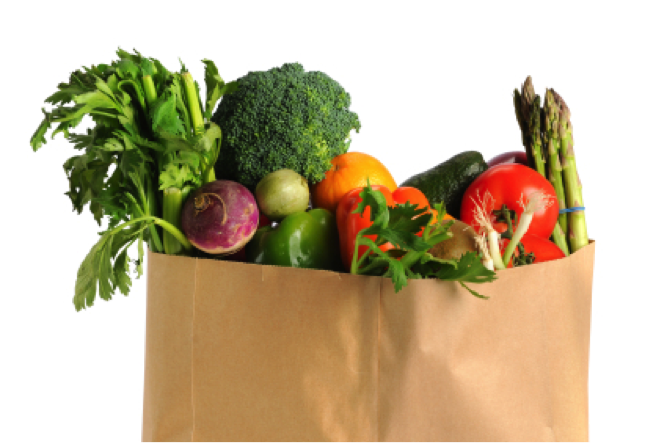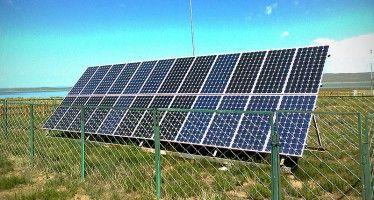State food stamp enrollment increases, eligible population decreases
 Not only is the number of Californians participating in the state’s federally funded food stamp program increasing, but the number of eligible recipients is decreasing, according to state and federal data.
Not only is the number of Californians participating in the state’s federally funded food stamp program increasing, but the number of eligible recipients is decreasing, according to state and federal data.
California for years has lagged behind the rest of the country in terms of participation. Tied for 48th in 2013, only 66 percent of those eligible participated in the Supplemental Nutrition Assistance Program, called CalFresh in California.
The pool of Californians who are eligible for the program is shrinking. While the pool has increased from 6.36 million in 2010 to 6.98 million in 2014, it has decreased from a peak of 7.17 million in 2013, according to CalFresh estimates based on Census data.
“The good news in California is we’re going in the right direction on both lines,” said Kim McCoy Wade, chief of the CalFresh branch of the California Department of Social Services.
Outreach
For years, outreach methods, internal procedures and state policy kept the rate low, said Wade, adding the nature of California played a role too.
“We’re a very big, diverse, complicated state, so sometimes we move forward in one county and then have to take longer to move forward in another,” Wade said. “We’re not in Idaho, where you can change your call center process and all of the sudden the whole state is dramatically better.”
Wade said the state is studying whether a language/information barrier and a distrust of government among ethnic groups played a role in the low participation rates.
“We really think it’s time for a fresh look to see if immigrant communities are connecting to CalFresh, and if not, why not,” Wade said.
ACA impact
In recent years, the implementation of the Affordable Care Act hindered the process as well, in that the tsunami of new people entering the system took time to process, with so much of the state’s efforts aimed at sorting it all out. But as a result of the flood of people entering the system, CalFresh had better access to families to let them know their options.
“The Affordable Care Act was both the best thing that ever happened to low-income families in California and a real challenge,” Wade said.
Increased participation
In 2015, there was approximately 4.4 million people in the CalFresh program, receiving more than $7 billion in benefits annually. That’s compared to 2005, when there were about 2 million Californians receiving more than $2 billion in annual benefits.
Eligibility is for those less than 130 percent of the federal poverty line, which is an annual income of $24,300 for a family of four.
The average benefit is $142 per person per month, according to federal data.
Additional data can be found in a Public Policy Institute of California study published this month.
Related Articles
Prospects of PG&E Takeover in 2020
The June 30, 2020, deadline for Pacific Gas & Electric to emerge from bankruptcy if the giant utility wants to
Questions Post-Election
Votes are still being counted in the California election, but the results so far raise some thoughts and questions.
CA Dems push ambitious energy bill
A bold and controversial new bill, introduced by Senate President Pro Tempore and leading Democrat Kevin de Leon, D-Los Angeles, advanced




